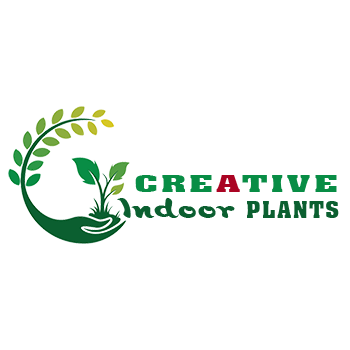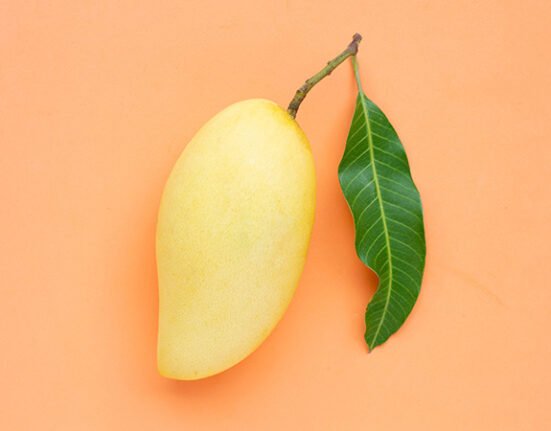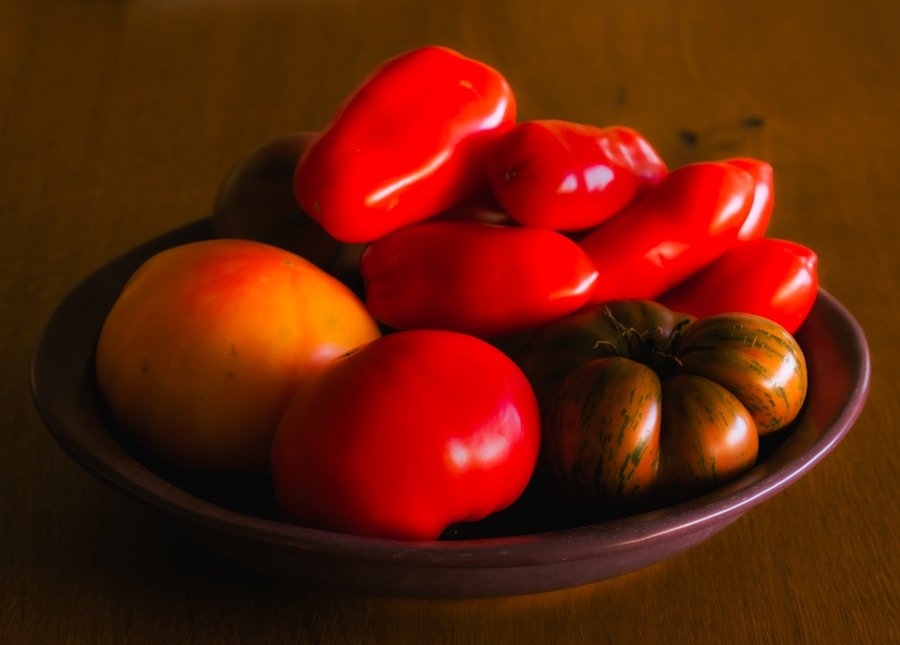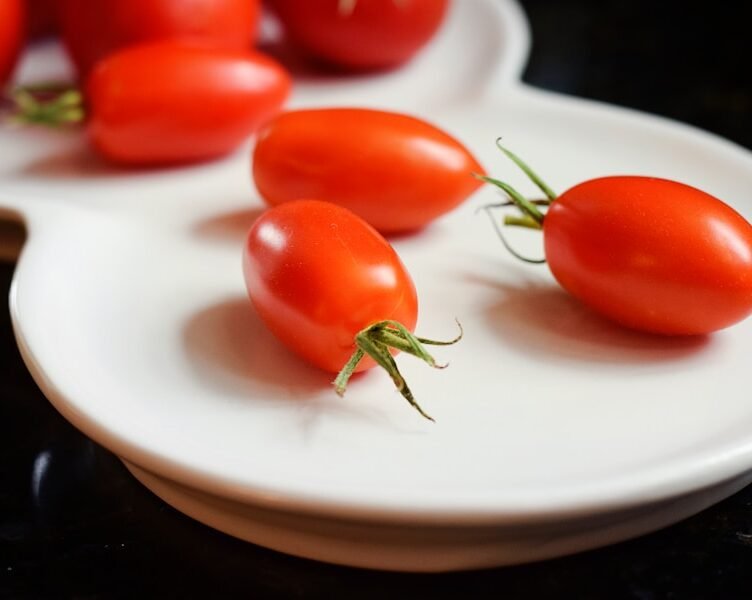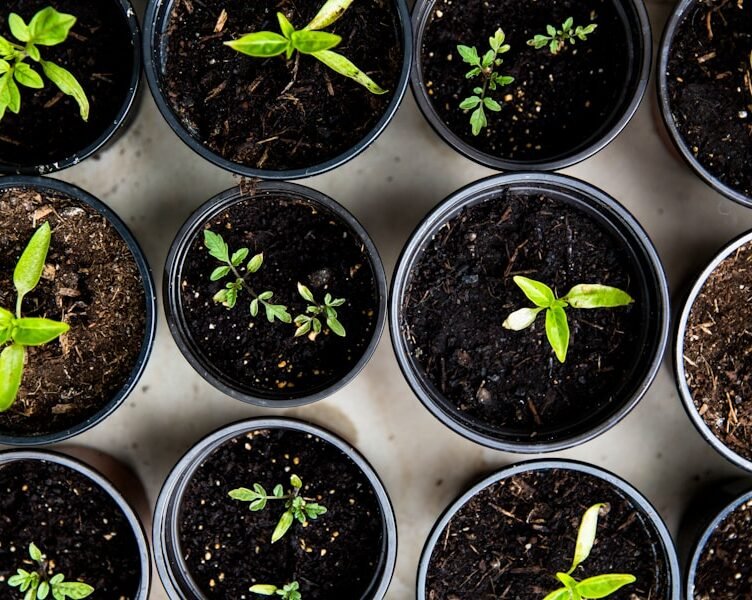LED grow lights have emerged as a preferred option for indoor tomato cultivation due to their numerous advantages. In contrast to traditional lighting sources such as incandescent or fluorescent lights, LED grow lights boast superior energy efficiency and generate minimal heat, making them an ideal choice for indoor horticulture. Moreover, LED grow lights can be tailored to emit specific wavelengths of light that are optimal for plant growth, allowing for precise control over the growing environment.
This targeted light spectrum can stimulate photosynthesis, ultimately resulting in healthier, more robust tomato plants. Furthermore, LED grow lights have a longer lifespan compared to other lighting options, reducing the need for frequent replacements and maintenance. Overall, the use of LED grow lights for indoor tomato cultivation can lead to higher yields, superior quality tomatoes, and lower energy costs.
LED grow lights offer a range of benefits that make them a popular choice among indoor tomato growers. A key advantage of LED grow lights is their energy efficiency, which results in lower electricity consumption compared to traditional lighting options. This not only reduces energy bills but also minimizes environmental impact.
Additionally, LED grow lights produce minimal heat, creating a more comfortable growing environment for tomato plants and reducing the risk of heat damage. The long lifespan of LED grow lights is another significant benefit, saving growers time and money on replacements and maintenance. Furthermore, LED grow lights can be customized to emit specific wavelengths of light that are optimal for plant growth, allowing for greater control over the growing process.
This targeted light spectrum can promote healthy, vigorous tomato plants, ultimately leading to higher yields and superior quality tomatoes. Overall, the use of LED grow lights for indoor tomato cultivation offers numerous benefits that can contribute to a successful and sustainable gardening experience.
Key Takeaways
- LED grow lights provide the necessary light spectrum for indoor tomato growing
- Consider factors such as light intensity, color spectrum, and energy efficiency when choosing LED grow lights
- Proper setup and positioning of LED grow lights is crucial for maximizing tomato yield and quality
- Managing light intensity and duration is important for optimal tomato growth and fruit production
- Regular monitoring and troubleshooting can help address common issues and ensure successful indoor tomato growing with LED grow lights
Choosing the Right LED Grow Lights for Tomato Plants
Light Spectrum and Its Effects
One crucial consideration is the light spectrum emitted by the LED grow lights. Different wavelengths of light can have varying effects on plant growth and development, so it is vital to choose LED grow lights that provide the appropriate spectrum for tomatoes.
Intensity, Coverage, and Energy Efficiency
Additionally, the intensity and coverage area of the LED grow lights should be taken into account to ensure that all parts of the tomato plants receive adequate light for photosynthesis. Another important factor to consider is their energy efficiency and lifespan. Selecting energy-efficient LED grow lights with a long lifespan can help reduce energy costs and minimize the need for frequent replacements.
Indoor Growing Space Considerations
Finally, it is essential to consider the size and layout of the indoor growing space when choosing LED grow lights to ensure that they can be effectively installed and provide sufficient light for all tomato plants. By considering these factors, you can select the right LED grow lights for successful indoor tomato growing.
Setting Up Your Indoor Tomato Growing Space with LED Grow Lights
Setting up an indoor tomato growing space with LED grow lights requires careful planning and consideration of various factors to ensure optimal plant growth and yield. One key aspect to consider when setting up an indoor growing space is the layout and arrangement of the LED grow lights. It is important to position the lights at an appropriate distance from the tomato plants to provide sufficient coverage and prevent light burn.
Additionally, the height and angle of the LED grow lights should be adjusted to ensure that all parts of the tomato plants receive adequate light for photosynthesis. Another important consideration when setting up an indoor growing space with LED grow lights is the ventilation and air circulation in the area. Proper ventilation can help regulate temperature and humidity levels, creating a more favorable growing environment for tomato plants.
Furthermore, it is important to consider the overall design and organization of the indoor growing space to maximize efficiency and productivity. Setting up an indoor tomato growing space with LED grow lights requires careful planning and attention to detail to ensure successful plant growth and yield. One important aspect to consider when setting up an indoor growing space is the layout and positioning of the LED grow lights.
It is essential to position the lights at an appropriate distance from the tomato plants to provide adequate coverage without causing light burn. Additionally, adjusting the height and angle of the LED grow lights can help ensure that all parts of the tomato plants receive sufficient light for photosynthesis. Another important consideration when setting up an indoor growing space with LED grow lights is ventilation and air circulation.
Proper ventilation can help regulate temperature and humidity levels, creating a more favorable growing environment for tomato plants. Furthermore, organizing the indoor growing space in a way that maximizes efficiency and productivity can contribute to successful tomato cultivation.
Maximizing Tomato Yield and Quality with LED Grow Lights
| LED Grow Light Type | Power Consumption (W) | Light Spectrum | Coverage Area (sq ft) |
|---|---|---|---|
| Full Spectrum LED | 150W | Blue, Red, White | 4×4 |
| Red and Blue LED | 120W | Red, Blue | 3×3 |
| White LED | 100W | White | 2×2 |
LED grow lights can play a crucial role in maximizing tomato yield and quality in an indoor growing environment. By providing targeted light spectrum and intensity, LED grow lights can promote healthy growth and development in tomato plants, leading to higher yields and better quality tomatoes. Additionally, using LED grow lights allows for greater control over the growing environment, enabling gardeners to optimize conditions such as temperature, humidity, and light duration to maximize tomato production.
Furthermore, LED grow lights can extend the growing season for tomatoes by providing consistent light regardless of external weather conditions, allowing for year-round cultivation and increased yields. Overall, the use of LED grow lights can significantly contribute to maximizing tomato yield and quality in an indoor growing setting. Maximizing tomato yield and quality in an indoor growing environment can be achieved with the use of LED grow lights.
These lights provide a targeted light spectrum and intensity that promotes healthy growth and development in tomato plants, ultimately leading to higher yields and better quality tomatoes. Additionally, using LED grow lights allows for greater control over the growing environment, enabling gardeners to optimize conditions such as temperature, humidity, and light duration to maximize tomato production. Furthermore, LED grow lights can extend the growing season for tomatoes by providing consistent light regardless of external weather conditions, allowing for year-round cultivation and increased yields.
Overall, the use of LED grow lights can play a crucial role in maximizing tomato yield and quality in an indoor growing setting.
Managing Light Intensity and Duration for Optimal Tomato Growth
Proper management of light intensity and duration is essential for optimal tomato growth in an indoor setting using LED grow lights. It is important to adjust the intensity of the LED grow lights based on the stage of plant growth, with higher intensity during periods of active growth and lower intensity during other stages such as flowering or fruiting. Additionally, controlling the duration of light exposure is crucial for regulating plant growth and development, as excessive or insufficient light exposure can negatively impact tomato yield and quality.
Furthermore, it is important to monitor and adjust light intensity and duration based on environmental factors such as temperature and humidity to create an optimal growing environment for tomatoes. Managing light intensity and duration is crucial for achieving optimal tomato growth in an indoor setting using LED grow lights. It is important to adjust the intensity of the LED grow lights based on the stage of plant growth, with higher intensity during periods of active growth and lower intensity during other stages such as flowering or fruiting.
Additionally, controlling the duration of light exposure is essential for regulating plant growth and development, as excessive or insufficient light exposure can negatively impact tomato yield and quality. Furthermore, monitoring and adjusting light intensity and duration based on environmental factors such as temperature and humidity can help create an optimal growing environment for tomatoes.
Troubleshooting Common Issues with LED Grow Lights for Indoor Tomato Growing
Light Burn: A Common Problem with LED Grow Lights
One common issue with LED grow lights is light burn, which occurs when plants are exposed to excessive light intensity or heat from the LED grow lights. To prevent light burn, it is important to adjust the distance and angle of the lights to provide adequate coverage without causing damage to the plants.
Inadequate Coverage Area: A Threat to Tomato Plant Growth
Another common issue with LED grow lights is inadequate coverage area, which can result in uneven growth or poor yield in tomato plants. To address this issue, gardeners can consider adding additional LED grow lights or repositioning existing ones to ensure that all parts of the plants receive sufficient light for photosynthesis.
Preventing Common Issues with LED Grow Lights
By being aware of these common issues and taking steps to prevent them, gardeners can ensure a healthy and thriving indoor tomato garden using LED grow lights.
Tips for Success: Best Practices for Using LED Grow Lights with Tomato Plants
To achieve success in indoor tomato growing using LED grow lights, there are several best practices that gardeners should keep in mind. One important tip is to regularly monitor and adjust light intensity and duration based on plant growth stage and environmental factors such as temperature and humidity. Additionally, it is important to maintain proper ventilation and air circulation in the growing space to create a favorable environment for tomato plants.
Furthermore, providing adequate support such as trellises or cages for tomato plants can help promote healthy growth and prevent damage from excessive weight or overcrowding. To achieve success in indoor tomato growing using LED grow lights, there are several best practices that gardeners should keep in mind. One important tip is to regularly monitor and adjust light intensity and duration based on plant growth stage and environmental factors such as temperature and humidity.
Additionally, it is important to maintain proper ventilation and air circulation in the growing space to create a favorable environment for tomato plants. Furthermore, providing adequate support such as trellises or cages for tomato plants can help promote healthy growth and prevent damage from excessive weight or overcrowding. In conclusion, using LED grow lights for indoor tomato growing offers numerous benefits that can contribute to successful plant growth and high-quality yields.
By understanding how to choose, set up, manage, troubleshoot, and optimize LED grow lights for tomato plants, gardeners can create a productive indoor growing environment that promotes healthy growth and abundant harvests throughout the year.
FAQs
What are LED grow lights?
LED grow lights are artificial light sources designed to stimulate plant growth by emitting an electromagnetic spectrum suitable for photosynthesis. They are commonly used in indoor gardening to provide the necessary light for plants to thrive.
Why use LED grow lights for indoor tomato growing?
LED grow lights are popular for indoor tomato growing because they are energy-efficient, produce less heat, and can be tailored to provide the specific light spectrum that tomatoes need for optimal growth and fruit production. They also have a longer lifespan compared to other types of grow lights.
What are the benefits of using LED grow lights for indoor tomato growing?
Some benefits of using LED grow lights for indoor tomato growing include lower energy costs, reduced heat output, customizable light spectrum, and longer lifespan. LED grow lights also emit little to no UV radiation, making them safer for indoor use.
How to use LED grow lights for indoor tomato growing?
To use LED grow lights for indoor tomato growing, position the lights at the appropriate distance from the plants to ensure they receive the right amount of light. It’s important to adjust the light intensity and duration based on the growth stage of the tomatoes. Additionally, choosing LED grow lights with a spectrum tailored for tomato plants can help maximize growth and yield.
What are the key factors to consider when choosing LED grow lights for indoor tomato growing?
When choosing LED grow lights for indoor tomato growing, consider factors such as the light spectrum, wattage, coverage area, and the specific needs of tomato plants. Look for lights that provide a balanced spectrum with a focus on red and blue wavelengths, as these are crucial for photosynthesis and fruiting. Additionally, consider the size of the growing area and the light intensity required for healthy tomato growth.
